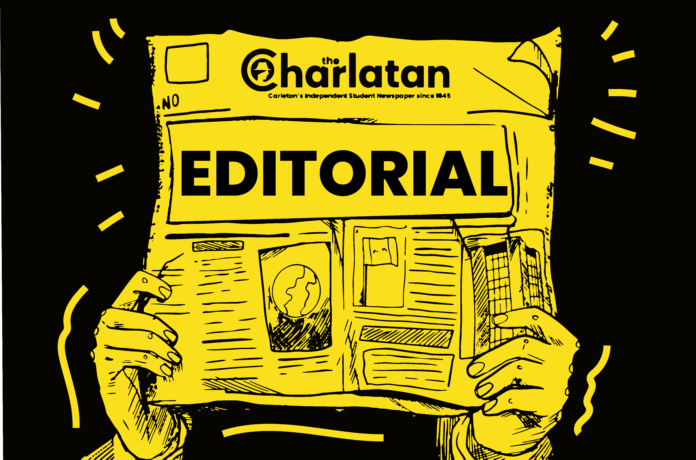Athletes worldwide have reported decreases in their performance after COVID-19 infection, so researchers should concentrate efforts on studying the impact of long COVID on these individuals.
A Swiss study published in 2020 found a significant decrease of 10 per cent in the maximum amount of oxygen an individual can use during intense exercise in those recovering from COVID-19.
A British doctor working on a different study wrote that even elite athletes considered to be in their prime struggled to return to their pre-existing fitness levels several weeks after infection.
Long COVID-19, which occurs when symptoms persist past 12 weeks post-infection, is still a fairly new field of research. However, a journal in the National Library of Medicine recommends athletes seek medical clearance before returning to training or competition to avoid strain or possible injury.
The authors of this study make recommendations for telehealth support, daily monitoring, clinical re-evaluations, and even a suspension from sport if symptoms return. It’s also emphasized that mental and physical long COVID-19 symptoms experienced by athletes must be monitored during recovery.
With many elite athletes, such as Olympic sprinter Andre DeGrasse, WNBA player Asia Durr and Team Canada soccer star Alphonso Davies, suffering from short- and long-term symptoms of COVID-19, more research into maximizing their recovery needs to be at the top of the agenda.
Professional athletes regularly put their bodies through massive amounts of stress to generate income, so to ensure these athletes can return to work safely post-infection, the effects of long COVID-19 must be prioritized to mitigate health risks. In order to understand how to integrate these athletes safely, researchers need to prioritize this medical investigation.
Better research will lead to better support, which will allow athletes to safely return to training post-infection without relapsing or feeling excessive pressure to perform.
Feature graphic from file




